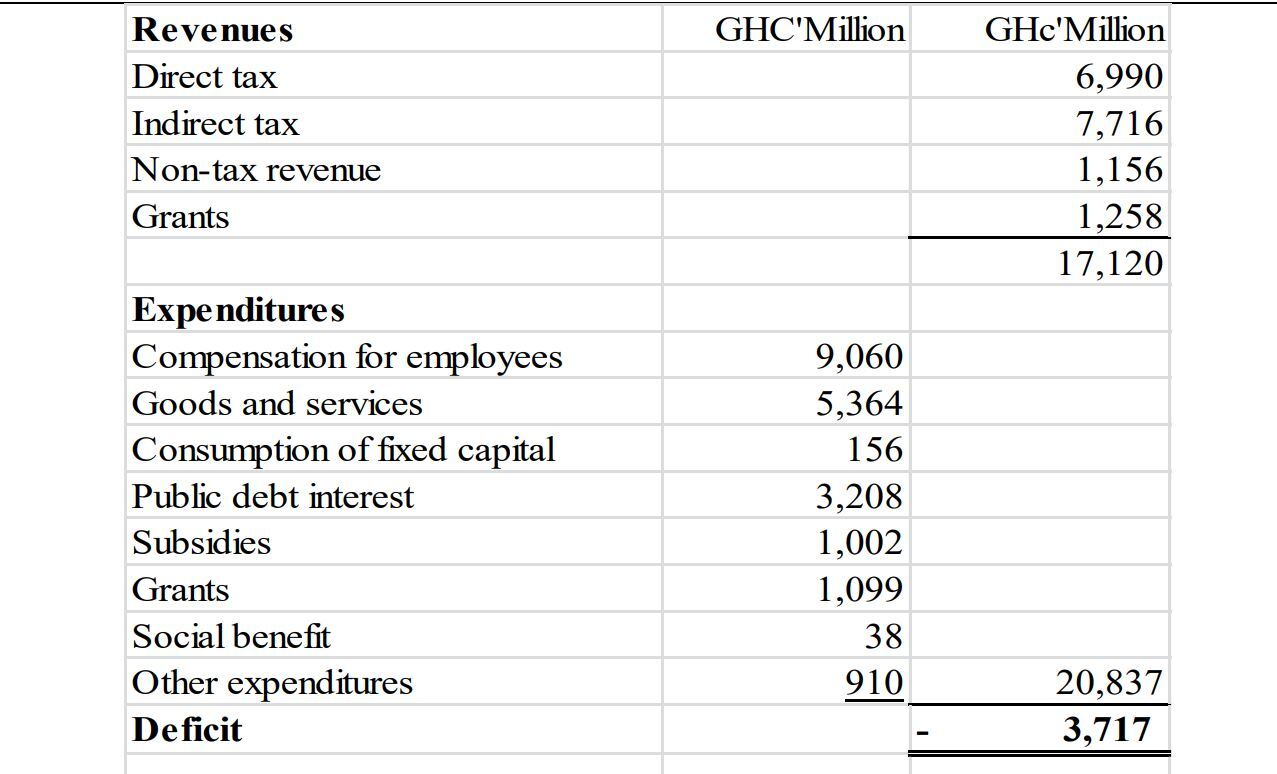- 4 Marks
Question
As a means to ensure strong financial management in the public sector and citizen confidence in public institutions, the government has introduced a number of financial reforms including International Public Sector Accounting Standards (IPSAS) in public financial management.Required:
Discuss FOUR methods used by government to ensure the success of these reforms.
(4 marks)
Answer
i) Establishment of appropriate legal framework;
ii) Orientation of stakeholders towards new reforms and technologies;
iii) Capacity building of management and staff of public entities;
iv) Structural changes to effectively and efficiently integrate new reforms into mainstream activities of MDAs;
v) Strict enforcement of laws through monitoring, evaluation, and sanctions;
vi) Political support of government and development partners.
(4 points for 4 marks)
- Topic: Public sector financial management reforms
- Series: NOV 2016
- Uploader: Cheoli





